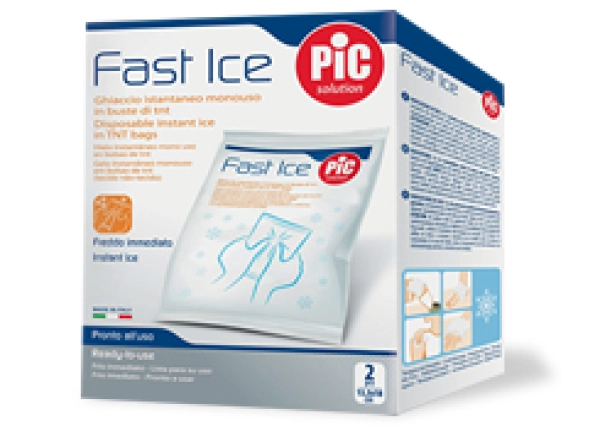

For centuries, ancient peoples used thermal energy as therapy for managing pain. The effect of cold and heat on the system alleviates injuries, and in the 20th century, this power was mentioned in what's known as the "gate control theory of pain" which hypothesized that there are 'neural gates', like real gates of pain, located at the back of the spinal cord. Pain receptors were thought to be located on these gates which could be stimulated by external forces, like heat and cold.
Treatment with cold therapy is often the best first response when dealing with injury. For example, cold acts by reducing swelling caused by sprains by constricting the blood vessels. Bringing down the temperature of the injured area also lowers the metabolism of the tissue and slows down the activity of the cells that haven't been harmed. In this way, cold therapy preserves the undamaged cells intact during the period following trauma to the tissue.
Cold therapy is considered by medical science to be one of the main methods of pain-relief as it also slows down the speed of pain transmission to the peripheral nerves, which alleviates the most uncomfortable effects of the injury. Thermal energy released by an ice bag, for example, acts like a sort of local anesthetic.
Heat therapy can have many applications, but it must only be used after the initial and most acute phase of inflammation when there is no longer warmth, swelling or redness. Heat therapy works to alleviate pain by increasing blood flow in the trauma area, helping to eliminate waste build-up that may accumulate in the tissue as well as ensuring a greater supply of healing substances. Heat also accelerates all the system's biochemical reactions and increases the flow of oxygen and nutrients to the tissue, which results in the metabolism of the treated area being raised and reduces the pain.
Heat therapy, like cold therapy, has a pain-relieving and relaxing effect on the parts of the body that have suffered trauma. It's not entirely clear how applying heat relieves chronic pain, but it seems that it is able to lower the activity of peripheral pain receptors. Heat definitely increases the elasticity of tissue, which is particularly evident in muscle and other parts of the body that contain a lot of collagen fibres.





